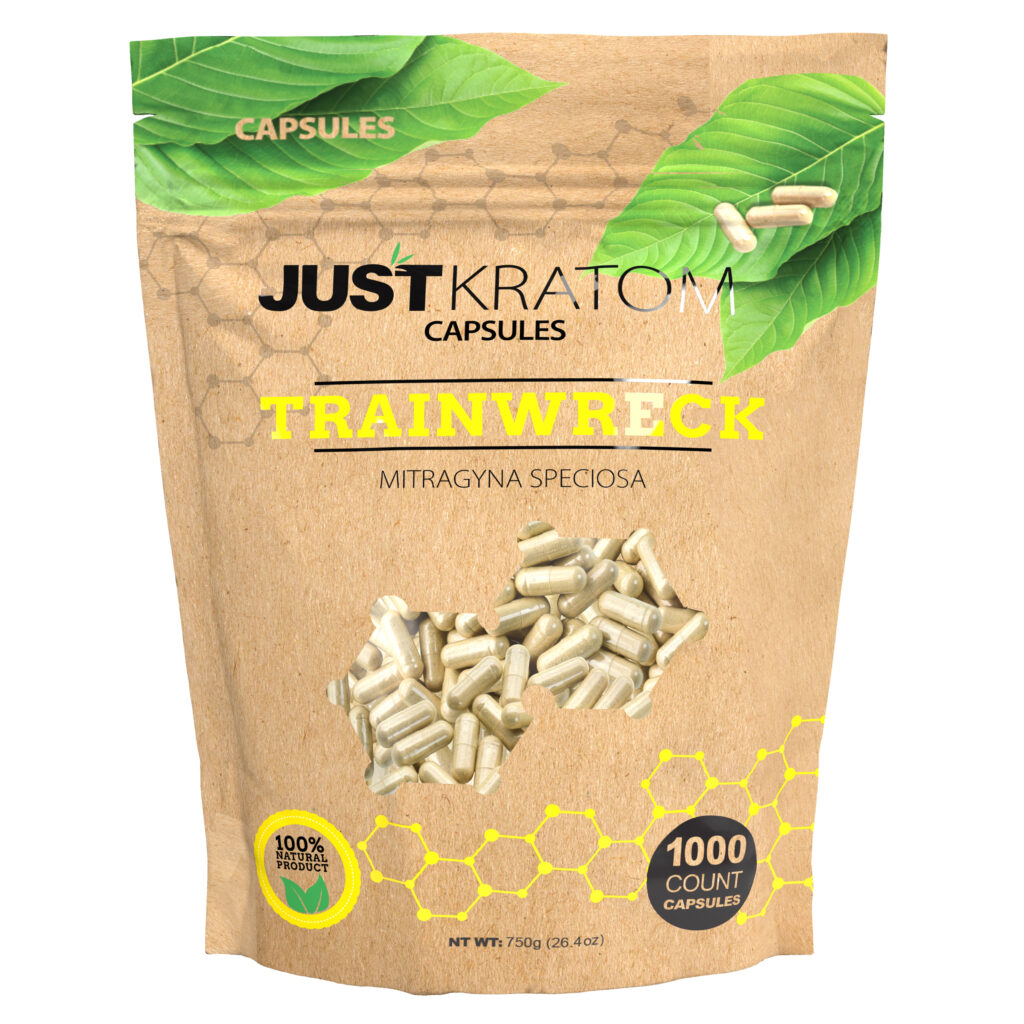What is Kratom?
Kratom, a tropical tree native to Southeast Asia, has gained significant attention in recent years for its potential medicinal properties. Its leaves contain various alkaloids, including mitragynine and 7-hydroxymitragynine, which are believed to interact with opioid receptors in the brain. Traditionally, kratom has been used to alleviate pain, reduce fatigue, and improve mood.
Botanical Origins and Active Compounds
Kratom is a tropical evergreen tree native to Southeast Asia, particularly Thailand, Malaysia, Indonesia, and Papua New Guinea. It belongs to the genus *Mitragyn*a and its scientific name is *Mitragyna speciosa*. The leaves of this tree have been used for centuries in traditional medicine systems throughout Southeast Asia.
Kratom’s effects are primarily attributed to its alkaloid content. The two most prominent alkaloids found in kratom are mitragynine and 7-hydroxymitragynine. These alkaloids interact with opioid receptors in the brain, similar to how morphine or other opioids work.

Traditional Uses
Kratom, a tropical tree native to Southeast Asia, has been used for centuries in traditional medicine systems throughout the region. The leaves of the kratom tree contain various alkaloids, including mitragynine and 7-hydroxymitragynine, which are believed to interact with opioid receptors in the brain.
Traditionally, kratom has been employed to address a variety of ailments. It is often used as a pain reliever, particularly for chronic pain conditions. Additionally, it is thought to reduce fatigue and improve mood, making it a popular remedy for individuals experiencing these symptoms.
Mechanism of Action for Muscle Pain Relief
Understanding how kratom alleviates muscle pain requires exploring its mechanism of action. Kratom’s effects are primarily attributed to two alkaloids: mitragynine and 7-hydroxymitragynine. These compounds bind to opioid receptors in the brain, triggering a cascade of events that ultimately lead to pain relief. By activating these receptors, kratom mimics the effects of opioid medications, reducing the perception of pain signals transmitted to the brain.
Potential Analgesic Effects
Kratom’s pain-relieving properties are thought to stem from its interaction with opioid receptors in the central nervous system. Mitragynine and 7-hydroxymitragynine, the primary alkaloids in kratom, bind to these receptors, producing effects similar to those of opioid medications.
This binding triggers a reduction in the transmission of pain signals from peripheral nerves to the brain. By modulating this neurochemical pathway, kratom can effectively alleviate muscle pain and discomfort.
Role of Mitragynine and 7-Hydroxymitragynine
Mitragynine and 7-hydroxymitragynine, the primary alkaloids in kratom, exert their pain-relieving effects by interacting with opioid receptors in the central nervous system.
These alkaloids bind to mu-opioid receptors, mimicking the action of morphine and other opioid medications. This binding leads to a reduction in the transmission of pain signals from peripheral nerves to the brain.
By modulating this neurochemical pathway, kratom effectively alleviates muscle pain and discomfort.
Scientific Evidence and Research Findings
Scientific evidence surrounding the use of kratom for muscle pain relief is growing but remains inconclusive. While traditional practices and anecdotal reports suggest its effectiveness, rigorous scientific research is needed to fully understand its mechanisms of action, potential benefits, and risks.
Preclinical Studies
Scientific evidence regarding the efficacy of kratom capsules for muscle pain relief is still developing. While preclinical studies and anecdotal reports suggest potential benefits, more robust clinical trials are necessary to establish its effectiveness and safety.
- Preclinical studies on animal models have shown that kratom extracts containing mitragynine and 7-hydroxymitragynine can produce analgesic (pain-relieving) effects.
- These studies suggest that kratom may interact with opioid receptors in the brain, similar to how morphine works, to reduce pain perception.

Human Trials: Results and Limitations
While preclinical studies and anecdotal reports suggest potential benefits of kratom for muscle pain relief, human trials are limited. The existing research is insufficient to draw definitive conclusions about its effectiveness and safety in treating muscle pain.

A major limitation is the lack of large-scale, randomized controlled trials specifically designed to evaluate kratom’s efficacy for muscle pain. Most available studies are small, often involve observational data, or rely on animal models.
Furthermore, variations in kratom strains, alkaloid content, and individual responses make it difficult to generalize findings. More research is needed to determine optimal dosages, potential side effects, and long-term consequences of kratom use for muscle pain management.
Dosage and Administration for Muscle Pain
Understanding the appropriate dosage and administration of kratom capsules for muscle pain relief is crucial for safe and effective treatment. Factors influencing dosage include the individual’s weight, pain severity, and tolerance to kratom. It’s important to start with a low dose and gradually increase it as needed while monitoring for any adverse effects. Consulting with a healthcare professional is highly recommended before using kratom for muscle pain or any other health condition.
Recommended Dosages
Dosage recommendations for kratom capsules for muscle pain relief are not standardized due to the lack of comprehensive clinical trials. However, starting with a low dose and gradually increasing it as needed is generally advised.
- A typical starting dose for beginners is 1-2 grams of dried kratom leaves or the equivalent in capsules.
- If no desired effect is experienced after the initial dose, a further increase of 1-2 grams may be considered.
It’s important to monitor for any adverse effects and adjust the dosage accordingly. Consult with a healthcare professional before using kratom, especially if you have pre-existing medical conditions or are taking other medications.
Factors Affecting Dosage
Dosage and administration of kratom for muscle pain relief are not standardized due to limited clinical research. However, individuals typically start with a low dose (1-2 grams of dried leaves or equivalent capsules) and gradually increase it based on individual response and tolerance. Factors influencing dosage include weight, pain severity, and previous experience with kratom.
It is crucial to monitor for any adverse effects such as nausea, dizziness, or constipation, and adjust the dosage accordingly. Consulting a healthcare professional before using kratom is highly recommended, especially if you have pre-existing medical conditions or are taking other medications.
Safety Considerations and Potential Side Effects
While kratom shows promise for muscle pain relief, it’s crucial to be aware of potential safety considerations and side effects.
Common Side Effects
Kratom can cause a variety of side effects, some mild and some more serious. Common side effects include nausea, dizziness, constipation, itching, and increased heart rate.
In some cases, kratom use can lead to more serious adverse effects such as seizures, liver damage, and withdrawal symptoms. It’s important to note that kratom can be addictive, and abruptly stopping use can result in uncomfortable withdrawal symptoms.
Due to the potential risks associated with kratom, it is essential to consult with a healthcare professional before using it for muscle pain relief or any other purpose.
Drug Interactions and Contraindications
Kratom’s safety profile is complex and requires careful consideration. While anecdotal reports suggest potential benefits, the long-term effects of kratom use are not fully understood.
Potential side effects range from mild (nausea, dizziness) to more serious (liver damage, seizures). Kratom can also be addictive, and withdrawal symptoms can occur upon cessation of use.
Drug interactions are a significant concern with kratom. It may interact with medications affecting the central nervous system, such as opioids, antidepressants, or anxiety medications. This can lead to unpredictable effects and potentially dangerous consequences.
Kratom is contraindicated for individuals with pre-existing liver disease, opioid addiction, or those taking certain medications (e.g., MAOIs).
Due to these risks, consulting a healthcare professional before using kratom is crucial. They can assess potential benefits and risks based on your individual medical history and circumstances.
Legal Status and Regulations
The legal status of kratom varies widely around the world.
In some countries, kratom is completely banned, while in others it is legal but regulated.
The United States has a complex relationship with kratom, as its legal status differs at the federal and state levels.
At the federal level, kratom is not currently classified as a controlled substance, meaning it is not illegal to possess or sell it.
However, several states have enacted their own bans or restrictions on kratom.
It’s important to check the specific laws in your state before using kratom.
Other countries have taken different approaches to regulating kratom.
For example, Thailand, where kratom is native, has banned it outright.
In contrast, some European countries, such as the Netherlands and Germany, allow the sale of kratom products under certain conditions.
The legal landscape surrounding kratom is constantly evolving, so staying informed about the latest regulations in your jurisdiction is essential.
Alternatives to Kratom for Muscle Pain Relief
There are several alternatives to kratom for muscle pain relief.
Some of these include over-the-counter pain relievers like ibuprofen or naproxen, prescription medications such as NSAIDs or muscle relaxants, topical analgesics like creams or patches containing menthol or capsaicin, physical therapy, heat or ice therapy, and massage.
It’s important to consult with a healthcare professional to determine the most appropriate treatment option for your specific needs and medical history.
Shop Kratom capsules for enhanced focus
- Polynucleotides Injectables Near Sutton, Surrey - November 3, 2025
- Polynucleotides Injectables Near Esher, Surrey - November 1, 2025
- Obagi Blue Peel Radiance Peel Near Weybridge, Surrey - October 30, 2025
